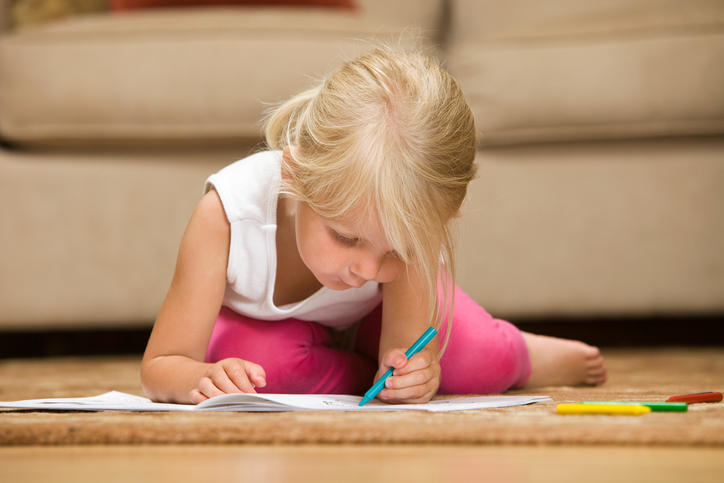Four Critical Areas of Development for 4-Year-Olds
What are the Four Critical Developmental Milestones for 4-Year-Olds?
One in four parents worry that their child is not hitting expected developmental milestones.1 Parents are usually the first to express some concern about their child’s development, and many turn to pediatricians or other health care providers to voice their concerns. If you have concerns about your child, it is important to act early. While many parental fears may be unfounded, we know that early identification of possible developmental delays can result in providing your child with needed services that can greatly reduce the potential for long-term disability.
As children reach the age of four, they embark on a developmental journey that is both rapid and remarkable. This phase is characterized by significant growth across four critical domains, each playing a crucial role in shaping a child's overall development. Understanding these critical areas—physical, cognitive, language and communication, and social-emotional development—provides a roadmap for parents, caregivers, and educators to support and nurture each child's growth effectively.
This article delves into these four critical areas:
- Physical Development
- Cognitive Development
- Language & Communication
- Social-Emotional Development
We offer insights into the milestones within each domain and provides guidance on fostering an environment that promotes healthy development. Keep in mind that while milestones can provide general guidelines, every child is different. While small delays in specific areas are often not a cause for concern, as a parent it’s a good idea to check in with your child’s pediatrician if you have any worries about your child’s development.
1. Physical Development
Physical milestones at this age are among the most visible signs of growth. Four-year-olds are bustling with energy, showing off their improved balance, coordination, and muscle strength.
Key physical milestones to observe include:
- Enhanced Gross Motor Skills: Look for abilities like jumping, running, and climbing, indicating strong muscle development and coordination.
- Refined Fine Motor Skills: Mastery of tasks such as holding a crayon, drawing simple shapes, and beginning to write letters provides evidence of a child’s improving dexterity.
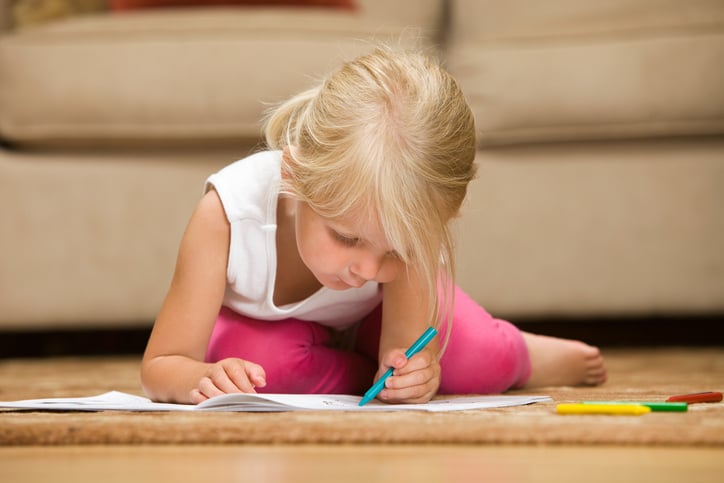
How Can I Support My Child's Physical Development?
Encourage your child to engage in physical activity through play, sports, and creative arts to support healthy physical development. Skills such as running, jumping, throwing, and kicking will improve with practice and children will begin to refine these skills and develop more complex skills. Learning new physical skills builds confidence and is fun!
You can help by encouraging a child to move and engage in both adult-led physical games and activities and unstructured movement. Play games with your child that involve jumping, hopping on one foot, and tumbling to strengthen gross motor skills. Play “mother may I?” or “Red Light Green Light” with your child. Help your child learn to ride a tricycle or bicycle with training wheels. Also engage your child in fine motor activities such as stringing large beads, making cookies, or playing with play doh. For more see our top picks for encouraging gross motor skills for autistic children.
2. Cognitive Development
Cognitive development at this stage is marked by a growing ability to think, learn, and solve problems. Four-year-old children are curious explorers, eager to understand the world around them.
Significant cognitive milestones include:
- Problem-Solving Skills: Children begin to think through solutions to simple problems, showing off their growing analytical abilities.
- Understanding of Concepts: Recognition of colors, shapes, and basic numbers reflects their expanding understanding of the world.
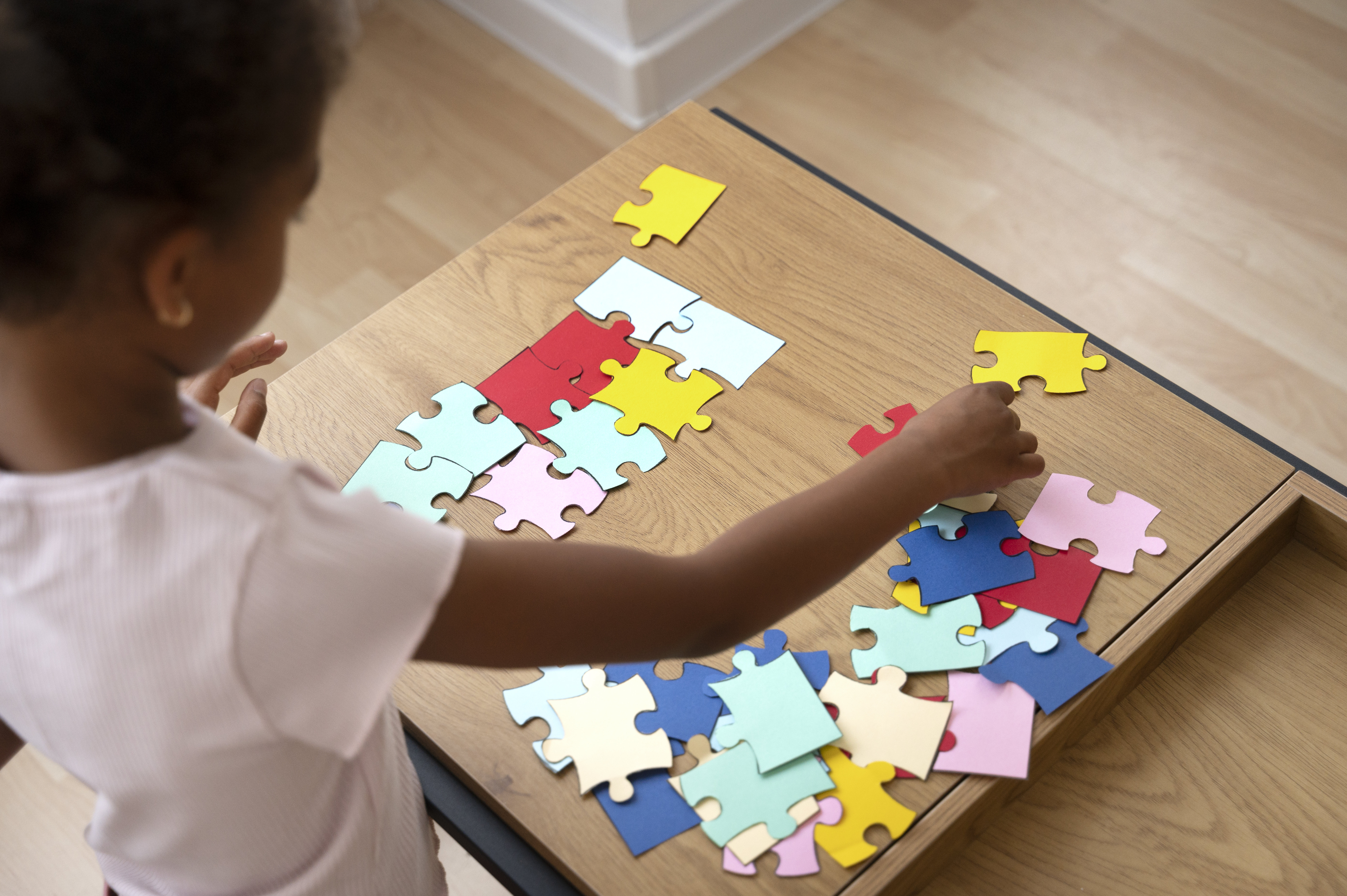
How Can I Support My Child’s Cognitive Development?
Engage children in activities that challenge their thinking, such as puzzles, simple games, and exploratory play. These can all greatly enhance cognitive development. Four-year-olds learn best through play because while they are playing they are learning to create, solve problems, and experiment with different ways of doing things.
Child-led play is especially great for developing cognitive skills because children learn better when they are interested in the activity they are doing and when they are in charge of making decisions about how the play should be organized. This also builds a child’s confidence because the message being sent by you is that what they want to focus on is important.
Read books with your child or ask them what they think will happen next in a book, tell jokes, do memory games, sing songs that require word insertions and movement such as “If you’re happy and you know it” and play driving games such as “I spy something red!” Be prepared to switch to new games frequently; a preschooler’s attention span is still quite short!
3. Language and Communication
Language and communication skills take a significant leap forward as children approach their fourth birthday. This development is crucial for effective expression and understanding.
Key milestones in this area include:
- Expanding Vocabulary: A rapid increase in the number and complexity of words a child uses is common at this age.
- Complex Sentences: The ability to construct sentences with multiple components shows an understanding of language structure.
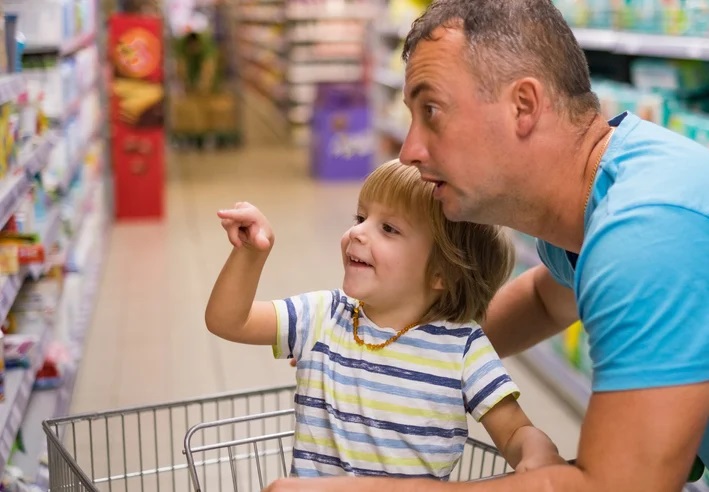
How Can I Support My Child’s Language Development?
Create a rich language environment filled with books, storytelling, picture cards, and engaging conversations to support this critical area of development. Be sure to pay attention when your child talks to you and make sure you have your child’s attention when you are talking to them. Be sure to pause to give them time to answer when you ask them a question or make a comment.
Play games to help your child learn new words. Play “house” or a similar game and have your child pretend to be the parent. Talk about furniture and rooms, compare things, and talk about colors, size, and what room an item belongs in.
Watch a video together and then ask your child to explain what happened in the video. What came first? Then what happened? Give your child two- and three-step directions such as, “can you go in the living room, get your doll, and bring her to me so we can play?” Go grocery shopping together or play “grocery shopping” and ask your child many questions about what to buy including color, size, number of items, and how it should be prepared. Most of all, make it fun!
4. Social-Emotional Development
Social-emotional milestones at four years old reflect a child's ability to interact with others and manage their own feelings. This area of development is pivotal for building relationships and self-awareness.
Key milestones in this area include:
- Empathy and Cooperation: Increased empathy and the ability to play cooperatively with peers are significant milestones.
- Emotional Expression and Regulation: Four-year-olds become more nuanced in expressing emotions and begin to develop strategies for managing their feelings.
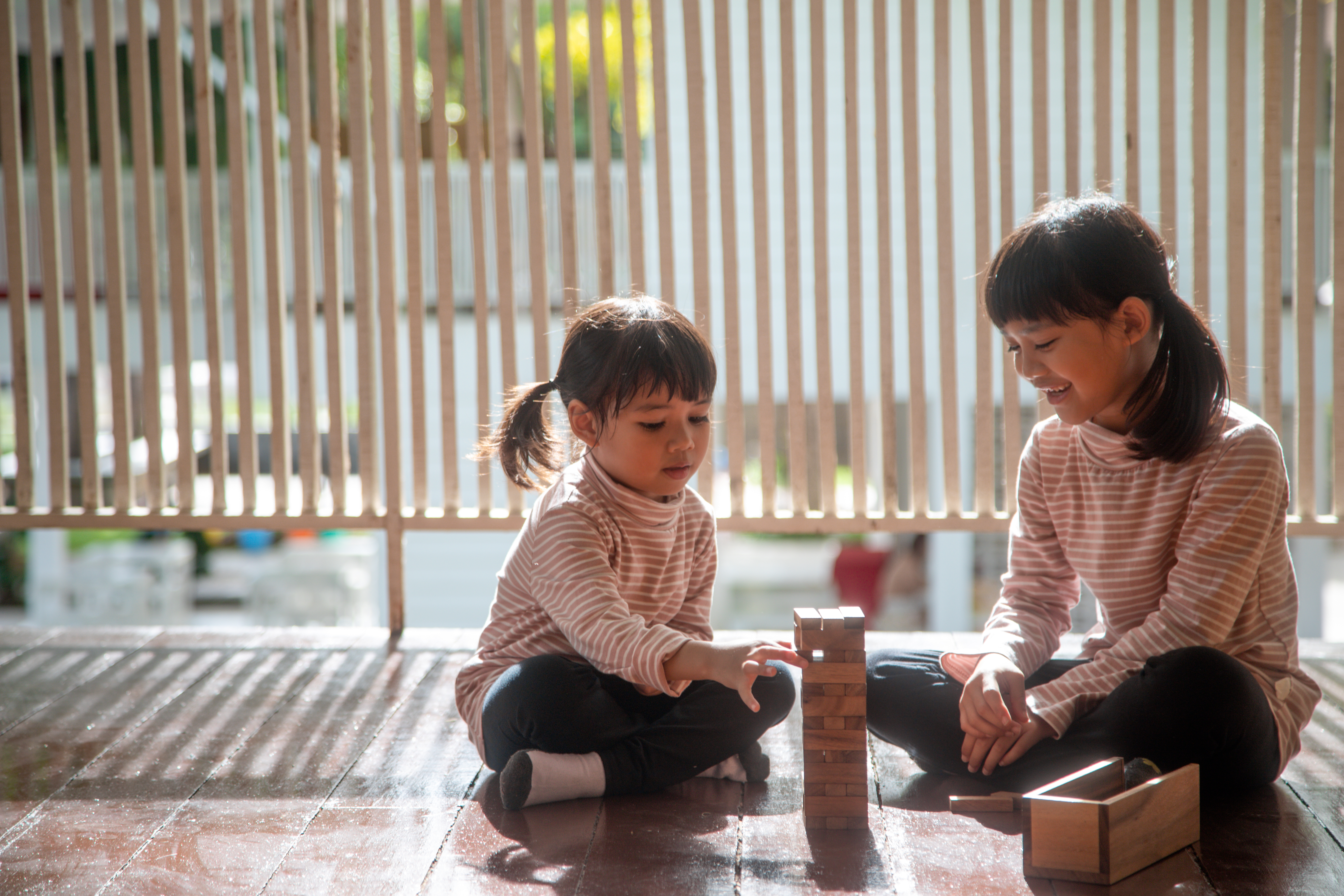
How Can I Support My Child’s Social Emotional Development?
Foster positive social interactions and model healthy emotional expressions and regulation to support social-emotional development. Teach your child to use words when they are angry or sad such as: “You feel sad because your friend had to go home.” Ask your child to show you what it looks like to feel mad, happy, sad, and surprised, and ask them to draw pictures of their feelings and talk about them.
As a parent, it is important to foster warmth and connection with your child by smiling, kneeling to talk to a child at their eye level, and making positive comments about their behavior: “I love it when you smile and say please!” When a child gets upset, ask them what they are upset about and reflect their feelings back to them: “It sounds like you are angry because he took your toy.” Reading books and asking children what each character is feeling, and discussing why they are feeling that way, can teach children about their own and others’ feelings.
Nurture Development and Ask for Help if Needed!
The developmental journey of 4-year-olds is complex and multifaceted, with significant advancements across physical, cognitive, language, and social-emotional domains. Understanding these critical areas of development enables caregivers to provide the right support, stimulation, and intervention when necessary, ensuring that each child has the opportunity to thrive.
Remember, while milestones provide a guide, each child's journey is unique, and variations in the timing of milestone achievement are common. At the same time, if you feel concerned, ask your pediatrician for a referral to a specialist and also contact your state’s early intervention program.
To support the development of your preschool child, make a list of some of the activities and suggestions listed above and find ways to incorporate these activities throughout the day. Even a five- or ten-minute game can provide a helpful interactive experience that will contribute to building a strong foundation for your child's future learning and development!
What ways have you found to support your child’s development?
This article is taken from a 5 part series on Developmental Milestones in 4-Year Olds. The other articles in this series include:
- Four Critical Areas of Development for 4-Year-Olds (this article)
- Physical Development in 4-Year-Olds
- Cognitive Milestones in 4-Year-Olds
- Language & Communication in 4-Year-Olds
- Social & Emotional Development of 4-Year-Olds
References:
Gary Freed, MD, MPH, co-director, National Poll on Children's Health, pediatrician, C.S. Mott Children's Hospital, Ann Arbor, Mich., and professor, pediatrics, University of Michigan; Kristen Treegoob, MD, pediatrician, Children's Hospital of Philadelphia; C.S. Mott Children's Hospital National Poll on Children's Health, June 28, 2021.

L.F. Stebbins, M.Ed. M.L.I.S.
L.F. Stebbins has more than twenty-five years of experience in higher education with a background in library and information science, instructional design, research, and teaching. She has an M.Ed. from the Technology Innovation & Education Program at the Harvard Graduate School of Education and a Masters in Information Science from Simmons College. For twenty years she created and led media literacy and research skills programs for students and faculty at Brandeis University. Currently she is the Director at research4Ed.com and the Director for Research at Consulting Services for Education (CS4Ed). For more about Leslie visit LeslieStebbins.com.


